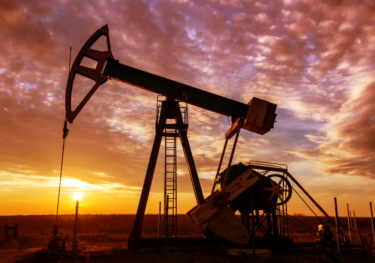Eurozone: A rebound in the second half of the year is still on the cards
The eurozone has been heavily affected by the pandemic crisis and the economic recovery remains highly linked to the health situation. We still expect a strong rebound in the second half of this year, with lockdown restrictions being gradually eased and activity picking up pace across all the sectors of the economy. Tourism activity will also resume in 2021, but remaining below pre-pandemic levels. However, the magnitude of the rebound will depend on the success of the vaccine campaigns across the bloc; ongoing obstacles to vaccine production and distribution represent major downside risks for the recovery at this time. On the other side, a potential strong rebound in private consumption could improve the boost later this year and in 2022.
We will be repeating the same webinar to cater for the difference in time zones between the Americas, APAC and EMEA:
- EMEA – Wednesday 21st April | 10:00 BST
- Americas – Wednesday 21st April | 16:00 EDT
- APAC – Thursday 22nd April | 10:00 HKT

Nicola Nobile
Lead Economist

Nicola Nobile
Lead Economist
Nicola Nobile | Lead Economist
Nicola Nobile is a Lead Economist within the macroeconomics forecasting division of Oxford Economics.
He joined Oxford Economics in September 2012 in Oxford and now is the Chief Italian Economist, based in Milan. Nicola was educated at Bocconi University, Italy, where he gained a BA in Finance and a MSc in Economics.

Maddalena Martini
Economist

Maddalena Martini
Economist
Maddalena Martini | Economist
Maddalena is an Economist working in the European team. She is responsible for providing coverage of Portugal, Luxembourg and Mauritania in addition to working on thematic research pieces on the eurozone.
Related Services

Event
What 2025 and a second Trump presidency holds for Latin America
Growth dynamics next year will differ across Latin America's six largest economies – Argentina, Brazil, Chile, Colombia, Mexico, and Peru – but most economies will experience an acceleration in growth. However, this contrasts with a consumer outlook which is losing steam, and instead we see investment and trade as driving higher growth in 2025. This will come with support from US and domestic monetary policy easing, as inflation will broadly be at target. We will explore the stories affecting individual economies, such as the risk of judicial reform in Mexico to investment and the impact of President Milei’s radical reforms in Argentina. November will bring the US presidential election, and we will examine the impacts on Latin America of a new trade war under a second Trump presidency.
Find Out More
Event
Commodity outlook: How much further will prices fall?
Commodity prices have plunged in recent weeks, and investment banks are slashing their forecasts for next year. Demand has been weaker than investors anticipated, especially in China, albeit broadly in line with our own more bearish expectations. Strong supply from commodities such as wheat, copper, and crude oil has also weighed heavily on prices and contributed to inventory build. Gold has been an exception, with central banks driving its price higher and making it a bright spot for the complex. In this webinar, we explore the key themes facing commodity markets in 2025 and discuss the outlook for supply, demand, and prices.
Find Out More